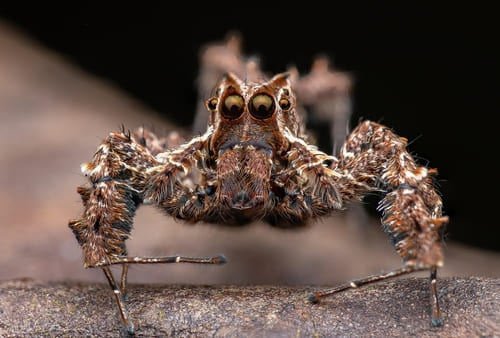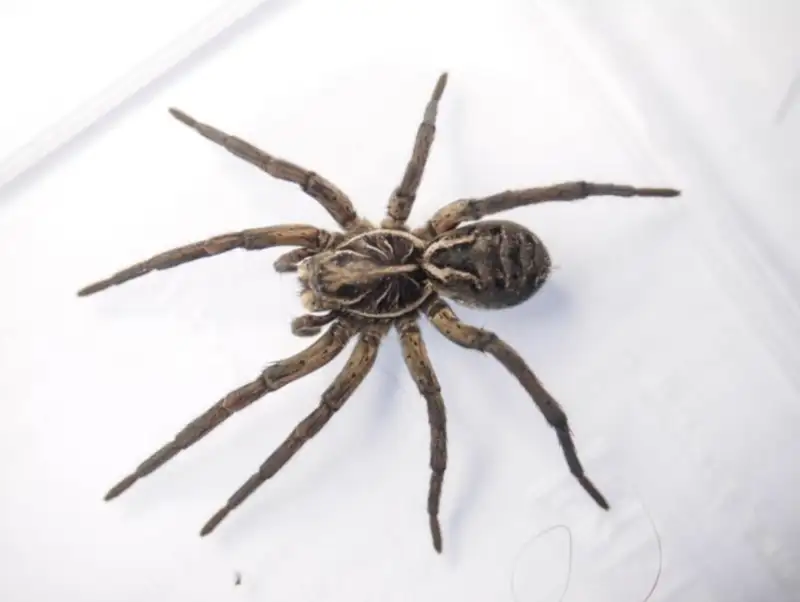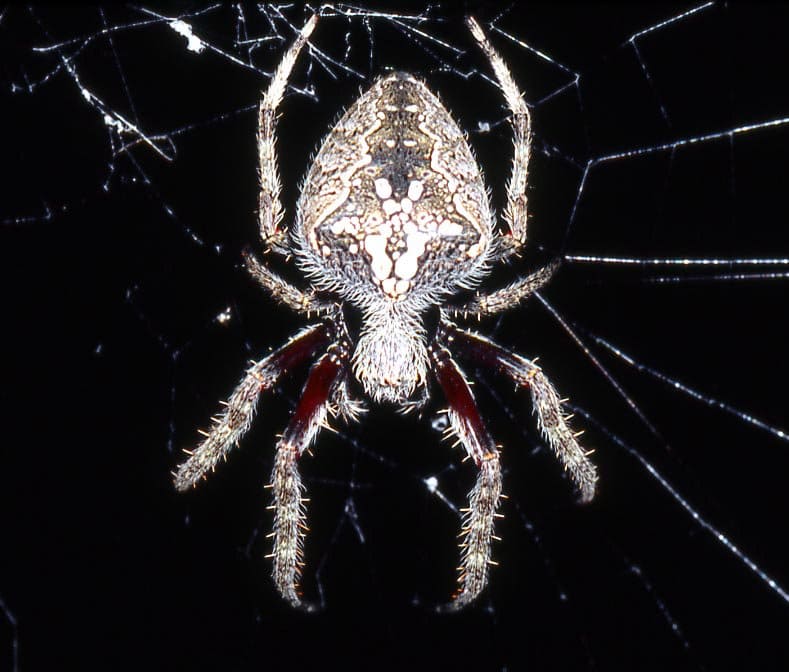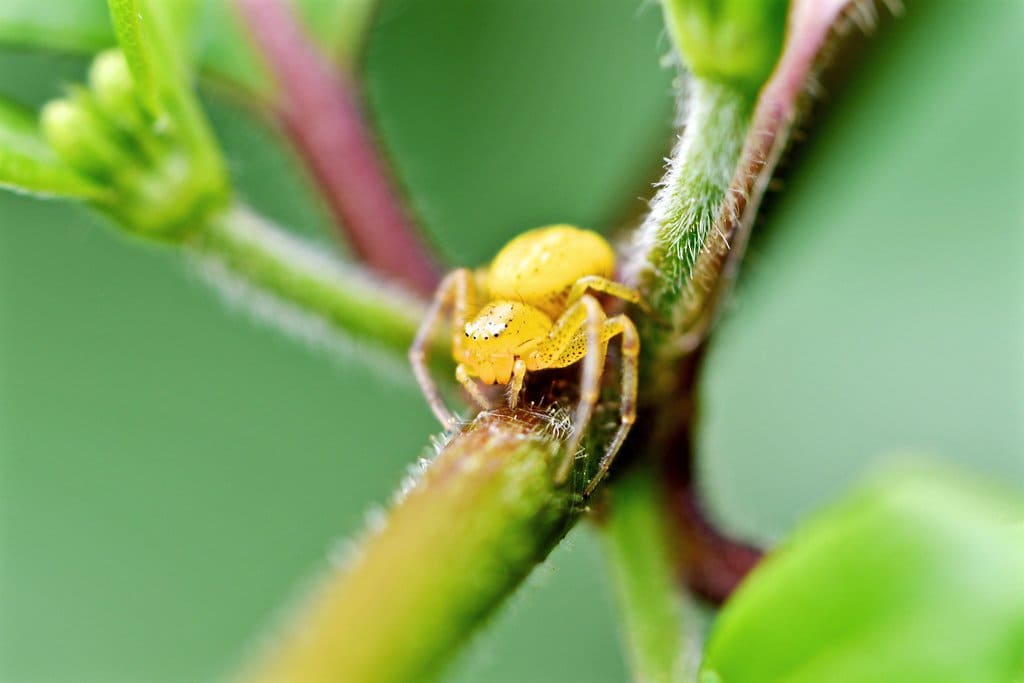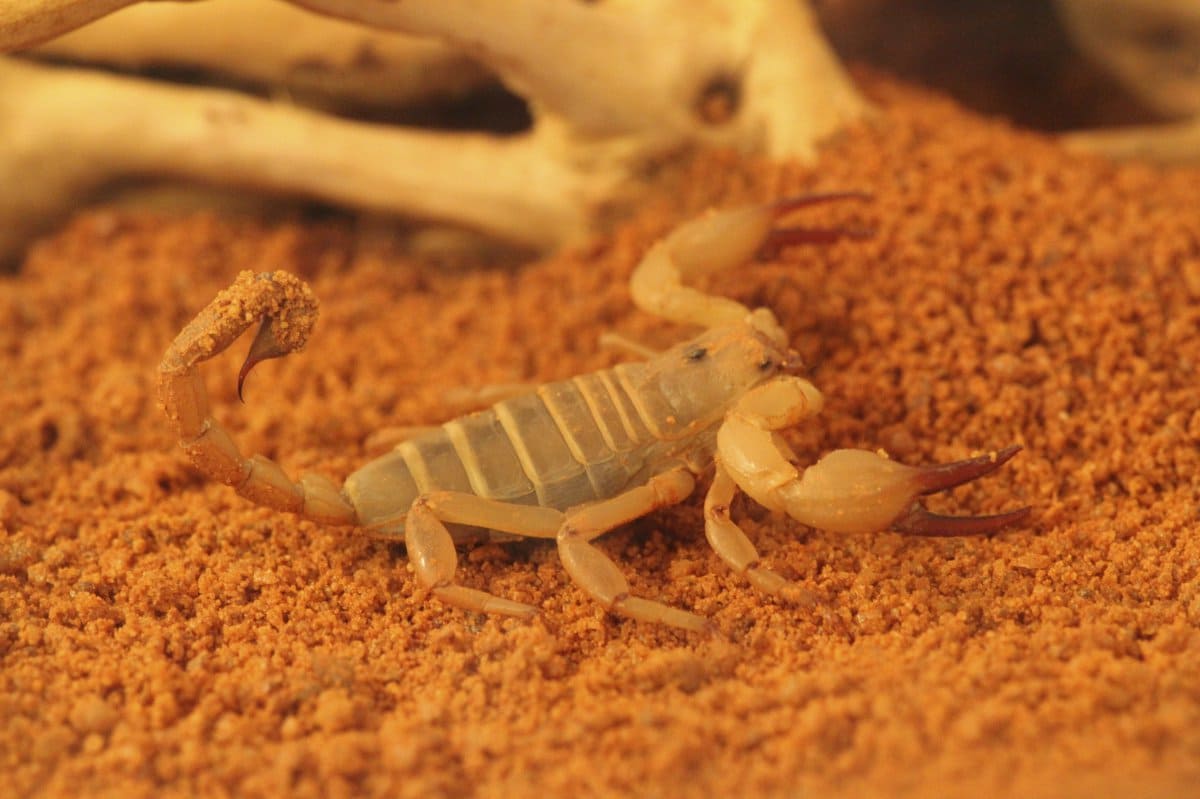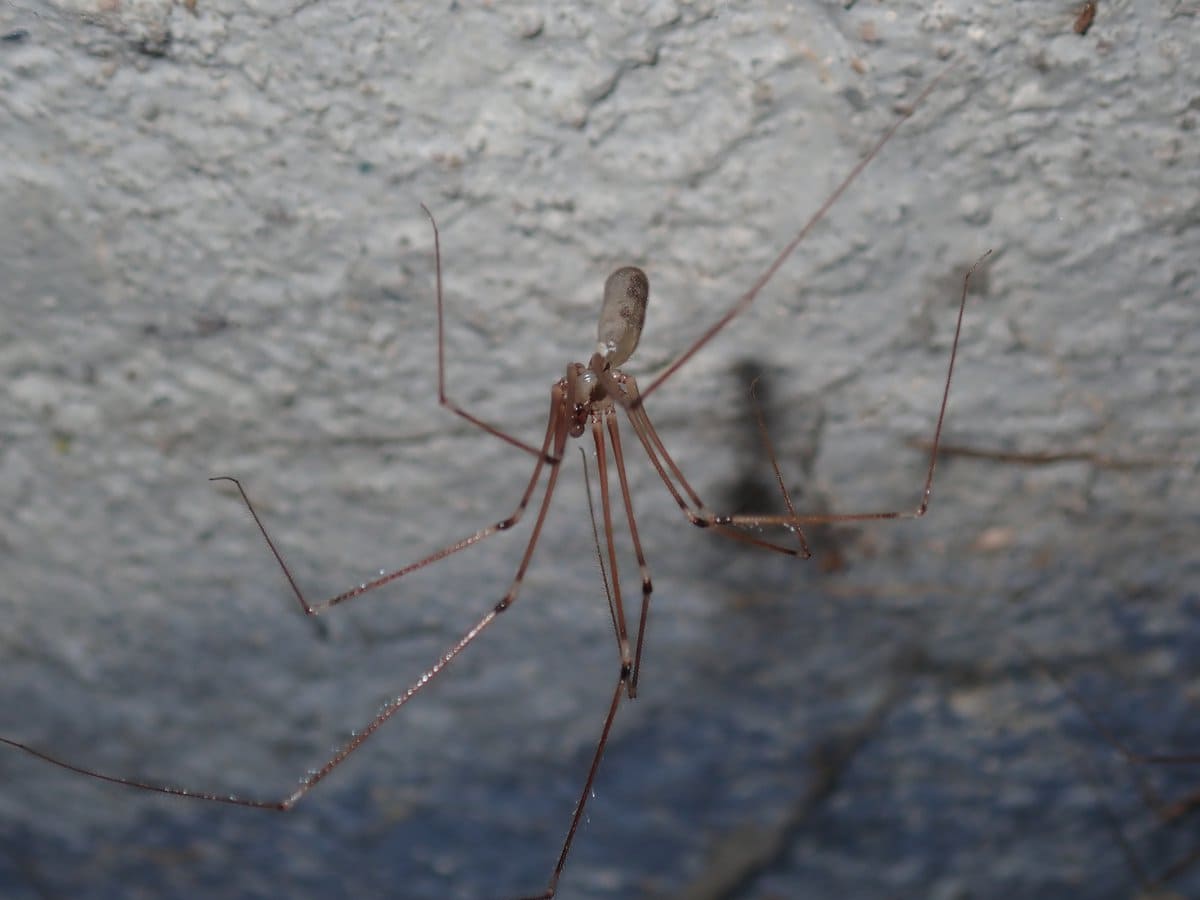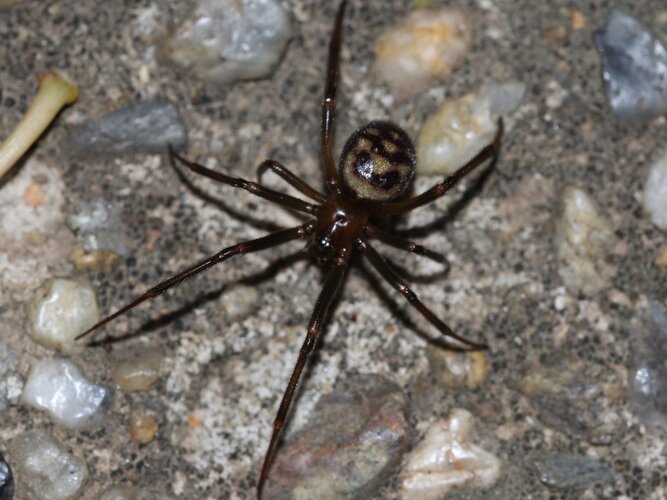Fringed Jumping Spider
IUCN
LCBasic Information
Scientific classification
- name:Fringed Jumping Spider
- Scientific Name:Portia fimbriata
- Outline:Arthropoda
- Family:Salticidae Portia Portia fimbriata
Vital signs
- length:Females 7–10 mm; males slightly smaller (excl. legs)
- Weight:Very light-bodied small jumping spider; varies among individuals
- lifetime:Approx. 1–2 years depending on conditions
Feature
Spider-specialist jumping spider; complex hunting tactics; slow, cryptic stalking; excellent vision.
Distribution and Habitat
Shrubs and branches in Australia, Papua New Guinea and parts of SE Asia; often near other spiders’ webs.
Appearance
Heavily fringed with long hairs; mottled brown-grey; irregular outline; large forward-facing eyes.
Details
The Fringed Jumping Spider (Portia fimbriata) is a member of the family Salticidae and one of the best-known spider-specialist predators. It is famous for its exceptional vision, complex behaviour and its habit of hunting other spiders on their own webs. The body and legs are covered in long hairs and “fringes” that make the spider look like a scrap of debris or a dead leaf.
Ecology & Biology
Predatory strategy: feeds mainly on other spiders and their egg sacs, but also takes small insects. On a victim’s web it often mimics wind-blown debris or struggling prey by making irregular, carefully timed tugs on silk threads before attacking.
Vision & cognition: like other jumping spiders it has large principal eyes and excellent spatial vision. Laboratory studies suggest it can plan detours and use trial-and-error, making it one of the behaviourally most complex spiders known.
Activity: mostly diurnal, yet moves very slowly and intermittently when stalking, blending in with leaf litter and web debris.
Identification
Body length: females around 7–10 mm; males slightly smaller (excluding legs).
Build: relatively slender for a jumping spider, with a ragged outline created by long body and leg hairs and fringe-like tufts.
Colour: mottled brown, grey and black, strongly resembling dried plant material or insect remains caught in webs.
Eyes: conspicuous large anterior median eyes give the typical “jumping spider face”.
Range & Habitat
Portia fimbriata has been reported from parts of Australia, Papua New Guinea and regions of Southeast Asia. It lives in shrubs, tree branches and around other spiders’ webs, often in shrub layers and forest edges.
People & Safety
Medical relevance: of negligible medical importance to humans. It is small, shy and its venom is not considered dangerous to people.
Ecological role: acts as a local “spider hunter”, influencing communities of web-building spiders and small insects.
Interest for observers: highly valued in behavioural research, education and macro photography due to its complex hunting tactics.
IUCN: Portia fimbriata is currently Not Evaluated (NE).
FAQ
Q1. Does the Fringed Jumping Spider jump onto people? It uses jumping mainly for escape and capturing prey, and
very rarely ends up on people except by accident.
Q2. Is it dangerous? For humans it is not considered dangerous. Bites are extremely rare and would usually cause only minor local effects.
Q3. How can I tell it from ordinary house jumping spiders? Fringed jumping spiders are shaggier and more irregular in outline,
often resembling a bit of leaf litter, and are commonly found around other spiders’ webs.
Q4. Can it be kept in captivity for observation? Where legal, yes—small ventilated containers with twigs and access tolive small insects or spiders as prey allow close observation of its hunting behaviour.

